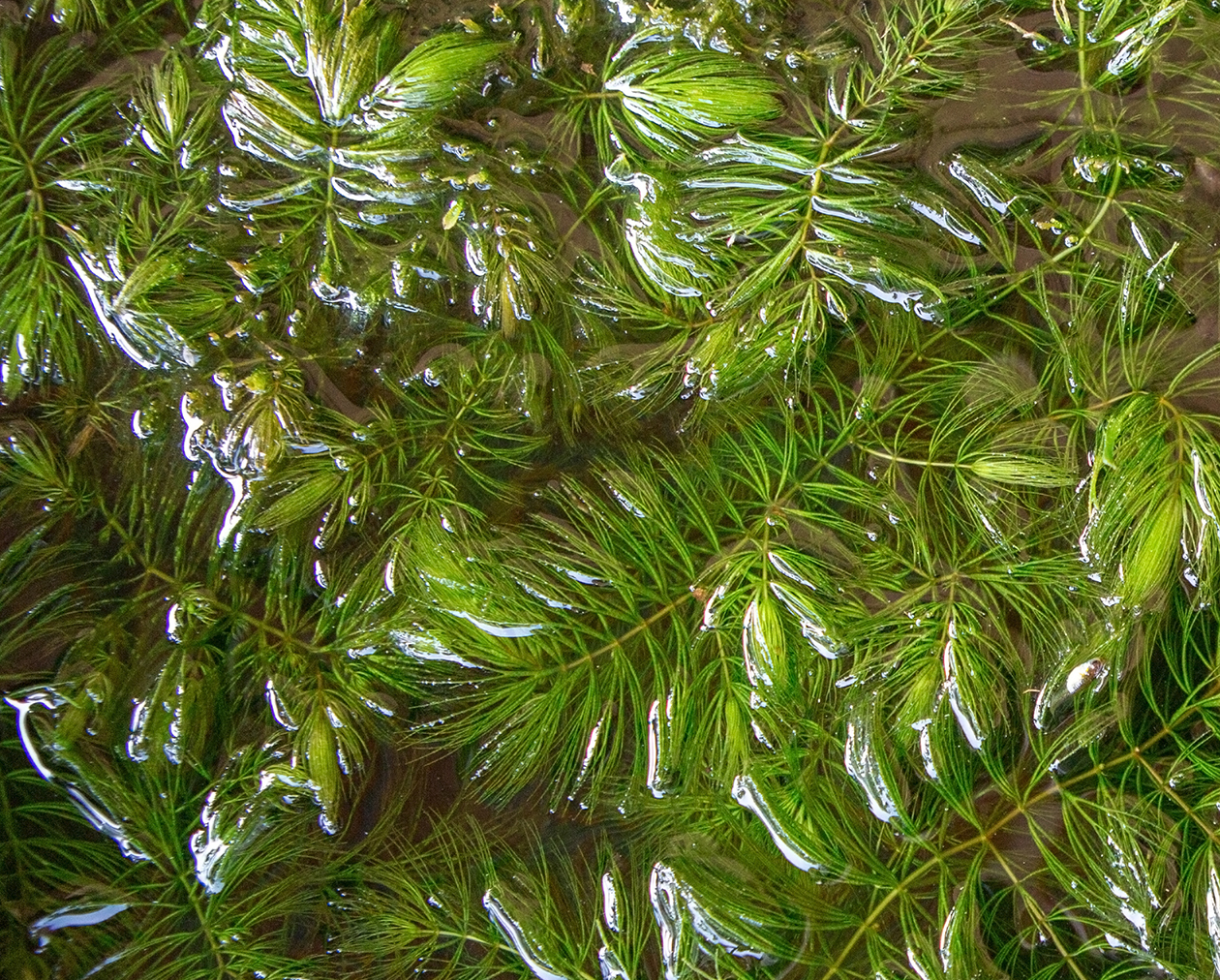
REQUEST SURVEY
A survey is the best option to choose if you want to know whether you have invasive plants on your land or property. Book yours here.

ASK US ABOUT OUR MULTI-CONTAMINANT REMOVAL SERVICE – ERADICATING INVASIVE PLANTS AND ASBESTOS IN SOILS AT THE SAME TIME


Hornwort can be very successfully treated with a suitable aquatic herbicide however manual pulling, raking or dredging can be used as well. Introducing a natural predator such as Grass carp will also over time deplete Hornwort colonies.
To find out the best way to control or remove Hornwort and the best time of year to have treatment or eradication carried out get in touch.
Hornwort reproduces readily from pieces of stem, so any plant fragments not removed can reproduce. In autumn the plants sink to protect themselves from low temperatures, which makes treatment very difficult.
SCIENTIFIC NAME: Ceratophyllum demersum
ORIGIN: US and Canada
Hornwort, also known as Coontail, Coon’s Tail (because it’s stems resemble a Racoon’s tail). Hornwort is a submerged rootless aquatic plant that is a natural floating oxygenator, however it excretes substances that inhibit the growth of phytoplankton and blue-green algae. Hornworts lack roots, although the plants may be anchored by leafless branches, they float beneath the surface of still or slow-moving water bodies.
Thrives in lakes and slow moving waterways or streams.
Forms substantial floating masses that will block waterways, out-compete other aquatic plants and cause problems for hydroelectric schemes.
Hornwort presents no physical danger to either humans or animals.